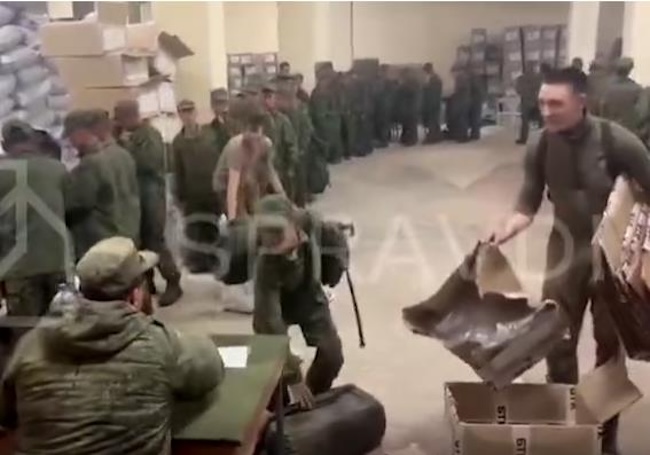
Forget the U.S. election for a moment — it’s out of our hands anyway.
Focus instead on an election closer to home that also took place earlier this week, in the shadow of the American campaign. While all eyes were on Donald Trump’s triumph, a bitterly contested municipal race in Toronto’s Don Valley West looked awfully good for local progressives. But look a little closer, because there are sobering lessons for our own democratic elections going forward — how we choose our future leaders across this country.
On the surface, Monday night’s local results seemed like a pleasing counterpoint to the bigger battle south of the border Tuesday night: Rachel Chernos Lin, a progressive backed by centre-left Liberals, won a convincing victory against a provocateur and polemicist favoured by right-leaning Tories, Anthony Furey. A good night for progressives and their preferred candidate? Perhaps this time, but not necessarily next time. In fact, until the final few days of the campaign, the results could easily have gone the other way — for reasons largely beyond the control of Chernos Lin.
That’s because her biggest challenge in Ward 15 came not from her ideological opponent, Furey, but from several of her rival Liberals — which is to say, fellow Liberals — siphoning progressive votes away from her. Ultimately, these also-rans pulled out under pressure from party elders keen to prevent them from splitting the vote and allowing Furey — a controversial former Toronto Sun columnist — to win by default. But this outcome doesn’t so much qualify as a happy ending as a haphazard election.
By splitting the vote, time after time, progressives keep repeating the same mistake — not merely municipally, but especially provincially and federally. When New Democrats and Liberals compete against one another, they are often hurting themselves more than the Tories. In politics, egotism and obstinacy often get in the way of progress, even among progressives.
How can our democracy faithfully reflect — and respect — people’s preferences? Think of the voter. And think of Ward 15’s byelection as a thought experiment in Canadian democracy. Here in Toronto, a behind-the-scenes battle took place after the death of longtime city councillor Jaye Robinson.
Local trustee Chernos Lin, as chair of the Toronto District School Board, was the clear front-runner, but she had to watch her flank. Two Liberal loyalists also entered the race: Dhruv Jain, who worked as executive assistant to the riding’s Liberal MPP, Stephanie Bowman; and Evan Sambasivam, a former federal Liberal staffer. That’s a lot of vote-splitting for one ward.
Bowman and former premier Kathleen Wynne (her predecessor as MPP) beseeched the on a winning candidate — the high-profile Chernos Lin — rather than running one another into the ground. Jain and Sambasivam at first refused to fold. Belatedly, as their prospects grew dimmer, the two Liberal holdouts grudgingly folded their cards, allowing , compared to 31.
1 per cent for Furey. Had they not withdrawn, siphoning votes from Chernos Lin, Furey might well have triumphed with that modest plurality of 31.1 per cent.
But why must we depend on party elders to strong-arm various headstrong also-rans to bow out so that the popular choice might prevail? Isn’t there a better way for voters to have their democratic say? Remarkably, — also known as an electronic runoff — is designed to achieve precisely that democratic outcome. Rather than allowing an ideological outlier to win with a plurality of, say, one-third of the vote, the ranked ballot requires a true majority of at least 50 per cent. It achieves this by inviting voters to “rank” their choices by number on the ballot; if no candidate achieves a majority, the lowest-performing candidate is dropped and their votes redistributed until someone gets over 50 per cent.
That’s what would have, could have happened in Don Valley West last week with a ranked ballot: Instead of laggards being cajoled into withdrawing voluntarily and randomly, you’d see it automatically, electronically and democratically. A runoff is the best reflection of the people’s will, which is why every major political party keeps the balloting going at a leadership convention until someone emerges as the final choice. If it’s good enough for the Tories, Liberals and NDP when choosing their party leaders, why not offer it up to the rest of us at election time? That’s the system San Francisco used this week to elect a new mayor.
Why not Toronto? As premier, Wynne approved a pilot project for municipalities to try the ranked ballot, but Doug Ford nixed it when he defeated her in 2018. Tories prefer vote-splitting, because they always profit from progressive infighting — not just in general elections, but in electoral reform debates when the proportional representation brigade fights passionately against ranked ballots. The voters of Don Valley got their wish this week, but it almost didn’t happen.
A ranked ballot system would give us the clarity that a democracy deserves..














